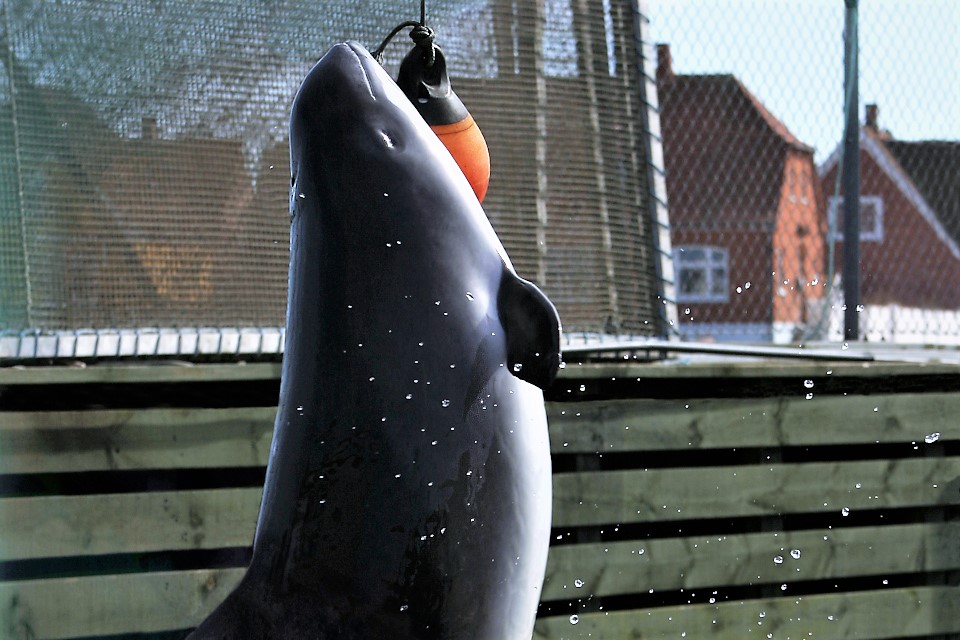Published on meeresakrobaten.de the 28.11.2021. | By: Susanne Gugeler
The porpoise has been elected “Animal of the Year” 2022. The article discusses this and provides more information about the species.
Note: As welcome as symbols like this nomination are, they are also superfluous if not followed by action. In the case of porpoises, that is precisely what has been happening for years in Germany: there is still no rescue and rehabilitation facility, no research station, and no conservation breeding – nothing will be achieved like this. It is only due to political opportunism that Germany does not strive to establish a husbandry of these animals. Yet, such a husbandry is crucial to protect the animals in the sense of a One Plan Approach. Everything else is laudable yet ineffective symbol politics, and it cannot be sugar-coated any longer.
Zoos and aquariums could contribute much more to the conservation of porpoises if only there was the political will to use ex-situ populations to engage in effective and comprehensive protection. Yet, apparently out of fear of smear campaigns from the animal rights industry, politicians prefer to stand by and watch how the animals disappear instead. They conceal this with a few stamps and nominations. What will they say in a few years, when porpoises have been successfully erased from German waters: “but we printed them on stamps, why have they disappeared?” Well: That is what you get from something like that.
Currently, politicians are simply lacking the will to adopt uncomfortable positions at times. That includes the consistent implementation of the One Plan Approach, which involves both in-situ and ex-situ measures. In the case of cetacean species, the necessary drive has been lacking for years, because it is not only porpoises, if you look globally, but also some river dolphin species, for instance, that can be kept very well under human care. In order to preserve these species in the long run, there is no getting around keeping them in human care – whether that be the path of least resistance or not.
